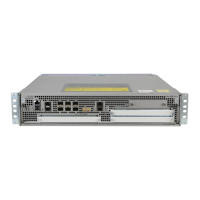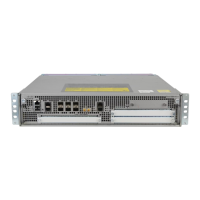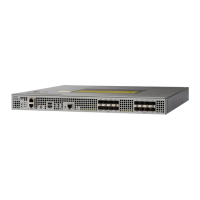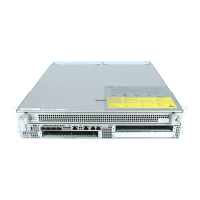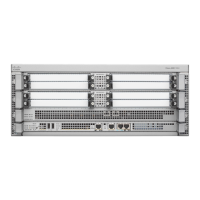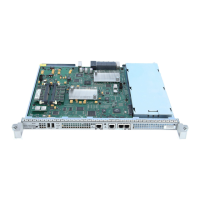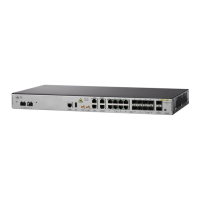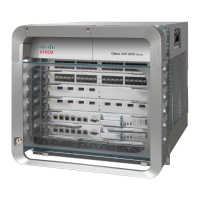provider edge routers (PE) in AS1. PE-1 forms the PSA. PXE runs an IGP proximity algorithm and picks
DCE-2 as the “closest” and returns the ranked list DCE-2, DCE-3, DCE-4.
Figure 3: Data Center Selection by Network Proximity
PXE Data Elements
The PXE operations depend on these data elements:
• PSA—Proximity Source Address. This is the source IP address of the end-user or client requesting
proximity calculation for a set of target data center locations.
• PTA—Proximity Target Address. This is the IP address of a given data center location. Proximity
calculation is performed for a given PSA–PTA pair.
• PTL—Proximity Target List. This is a collection (ranked or unranked) of PTAs.
The conventional value for a PSA or PTA is an IP address/mask combination. Cisco NPS, PXE is expected
to process IP addresses; therefore, outside of PXE, any other form of identifier must be converted to an IP
address/mask.
PXE Peering and Ranking
The PXE peers passively with other routers in the network; that is, PXE only learns routes. PXE never injects
any routes into the network. PXE fully participates in the appropriate IGP/EGP control plane operations.
However, PXE uses learned routes only for proximity calculations and never interferes with the main router
control plane routing information base (RIB). PXE maintains a separate copy of the RIB for this purpose.
Cisco Network Positioning System Configuration Guide for the Cisco ASR 1000 Router, Release 1.0
20 OL-25794-01
Configuring the Routing Protocols Used for Network Proximity
PXE Data Elements
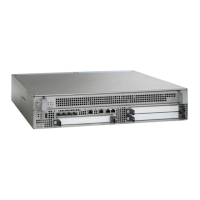
